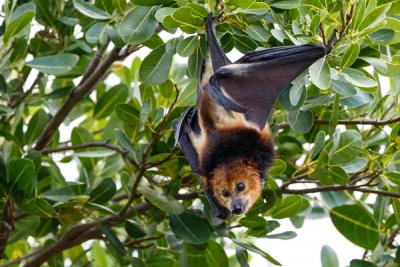One of my favourite courses when complementing my Masters in Applied Ecology in the UK a year ago, was environmental economics. Many people probably see us, ecologists, as these weird people who like to be outdoors, playing around with plants and ‘scary’ animals. Yet the reality is something else. It is a very competitive and challenging field. Nowadays, if we really want to contribute to the conservation of nature, we need to be more than scientists. We need to be familiar with politics, economics, social sciences, psychology, journalism, social media etc. Different tools from other fields can indeed be essential for environmental decision-making. And one such tool is cost-benefit analysis.
To put it simply, it is an economic tool used to determine if a decision/action is rational by comparing the costs and benefits associated with it. Logically if the costs associated with a policy outweighs the benefits, that policy would not be efficient and should be reconsidered.
Recently, the Mauritian government made the decision to start the culling of about 18,000 individuals of the endemic and threatened Mauritius fruit bat, as a response to the “huge economic losses being incurred by fruit growers”. It is expected that this action will not only reduce the economic losses ‘encountered’ by a few people but that it will also be beneficial to the entire Mauritian population. Is it really that simple? While it is beyond the scope of this article to present a well conducted cost-benefit analysis of this policy, I would like to use evidence and repeat here an exercise from my training and identify the main costs and benefits of such an action.
Is bat culling in Mauritius an economically smart decision?
- Publicité -
EN CONTINU ↻


